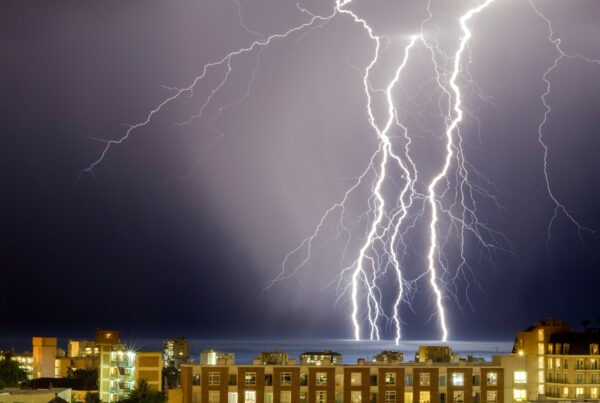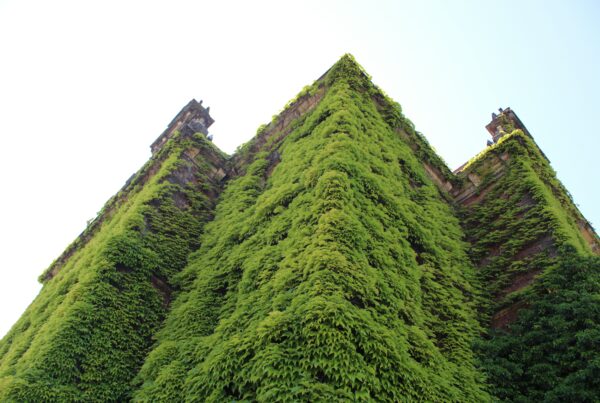Forget steel and cement for the meanwhile and let’s go back to basics.
Old-school builders were definitely ingenious in taking advantage of what nature has to offer as building materials. Nowadays, we might label them as non-conventional building materials, but back then these low-tech materials were the default. They are carbon-neutral, sustainable, and perform beyond expectations.
Below are four of our favorite non-conventional building materials.
Seaweed
Believe it or not, seaweed is a popular building material by folks in Denmark and other Scandinavian countries—and it dates back centuries.
It grows abundantly and even washes up ashore for easy gathering. Don’t underestimate this slimy, ropy plant; seaweed toughens up when properly dried and arranged. It’s reportedly fire-proof, does not rot, and needs no toxic glues to turn into neat building blocks.
As reported by Dezeen.com, the appropriately named Modern Seaweed House in Denmark benefits from the insulating properties of seaweed, both in heat and acoustics. Perhaps the most amazing quality of a seaweed is its ability to draw in moisture from the air and then release as needed during dry days. Neat, huh?
Turf/Sod
Nothing can be more low-tech and sustainable than turf or sod as non-conventional building materials for a house. Turf is actually the popular building material for many houses in Iceland, whose inhabitants depend on the insulating properties of grass on their walls and roof. And of course, it makes sense to use what grows abundantly in the region.
The Icelandic climate can be harsh. As such, Icelanders and the people have learned to design their homes with tried-and-tested method that uses a foundation of stones and wood, and then layers of peat and turf. The result is maximum protection from the element, combined with coziness and comfort.
Earth
Packed earth or rammed earth don’t just make for nice Tatooinesque dwellings inspired by Star Wars. Earth as a buildng material is pretty low-tech, certainly all-natural, and sustainable too.
Here, a mix of earth, sand, gravel, and clay with added lime, cement, or asphalt to bind the whole thing are poured into wooden moulds, and then tamped and compacted. The resulting wall may not be as strong as concrete, but when done properly can still have excellent load-bearing capacities. Packed earth structures, aside from being warm, cozy dwellings, also boasts of having breathable, fire-proof, and termite-proof walls.
Algae
A while back, we wrote about the BIQ Building in Germany and its fascinating use of algae, but it’s worth repeating here. While not exactly a building material per se, and is fairly new in the scene besides, algae is getting everyone’s attention for its energy-efficient and sustainable properties.
Who would have known that the humble algae can be used on a building? Grown inside glass panels that make up the building’s façade, algae converts sunlight into energy, via photosynthesis. The energy produced can then be used for the building’s lighting and heating. The algae also provides shade from glare and absorbs noise from the streets outside.
No need to worry about aesthetic considerations. The BIQ designers managed to make turn algae suspended in watery glass panels into a nifty skin for the buildings.
* * *
This is not to say these are the only non-conventional building materials out there. Everything we could ever think of, surely nature had already though of it before. We just have to pay attention to what the old builders have been relying on all these centuries.
Modern builders can always revive and integrate these non-conventional building materials into their plans. It may not be the most popular choice now, but therein lies the challenge.













